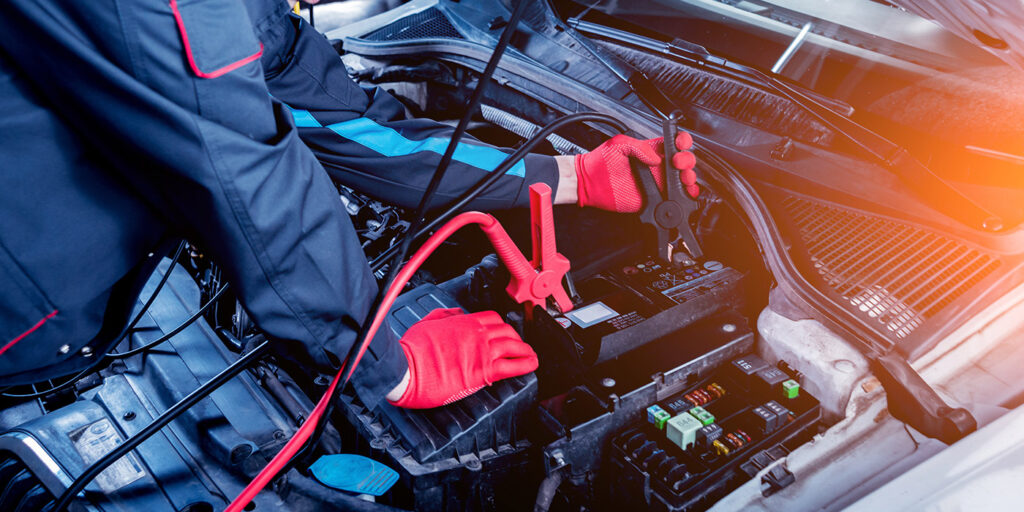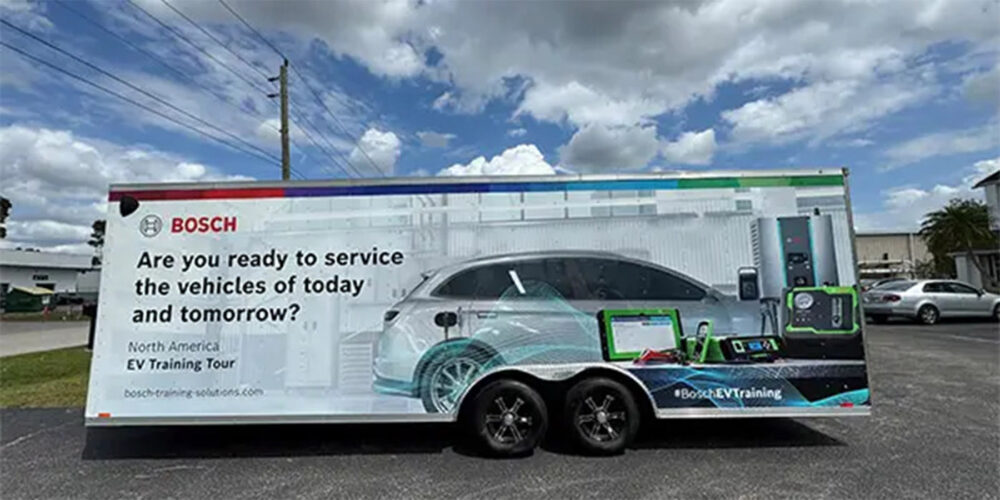When we talk about battery, charging and starting system diagnostics, while it’s true there are certain aspects of it that have always been the same due to fundamental electronic principles, in the realm of tools, however, everything has changed. Electronics, along with charging and starting system technology, have advanced so dramatically over the last 20 years, that you must have modern equipment to keep up with it.
One of the most common diagnostic tools is a digital battery tester, and they’ve become affordable so many technicians choose to buy their own. They work by measuring battery conductance, which is ultimately a determination of the available plate surface inside a battery.
The reason digital battery testers are so important is they are quick and easy, and they are accurate even on a battery that is not fully charged. A weak battery can cause a lot of problems on a modern vehicle with multiple electronic control units. It’s important to identify battery trouble long before a vehicle won’t start or begins to set low voltage trouble codes.
Every time a car is in your bay, a digital battery tester makes it easy to check the battery. Not only is it important to your customer, but it’s a good upsell for you. If you don’t catch it, someone else will. Don’t let battery sales walk out the door.
All that being said, a traditional battery load tester is still very important to have. I never doubt the results of my digital battery tester, but if there’s a starting or charging concern and it indicates anything less than a perfect battery, you have to remember that these tools are assessing based on logic, and we know sometimes in this field you can throw logic out the window. If there’s any question about battery condition, a traditional load tester will give you absolute results. A weak battery has no way to hide from a load tester.
Modern load testers are a far cry from what they were years ago (think VAT-28 for those who like a trip down memory lane). Today’s testers are easy to hook up and feature digital displays, inductive amp clamps and a higher degree of accuracy.
For more tips on the battery and starting system diagnostic tools you should have in your shop, read this full article from Eric Garbe, senior automotive technical writer for Tire Review’s sister publication, TechShop, here.














